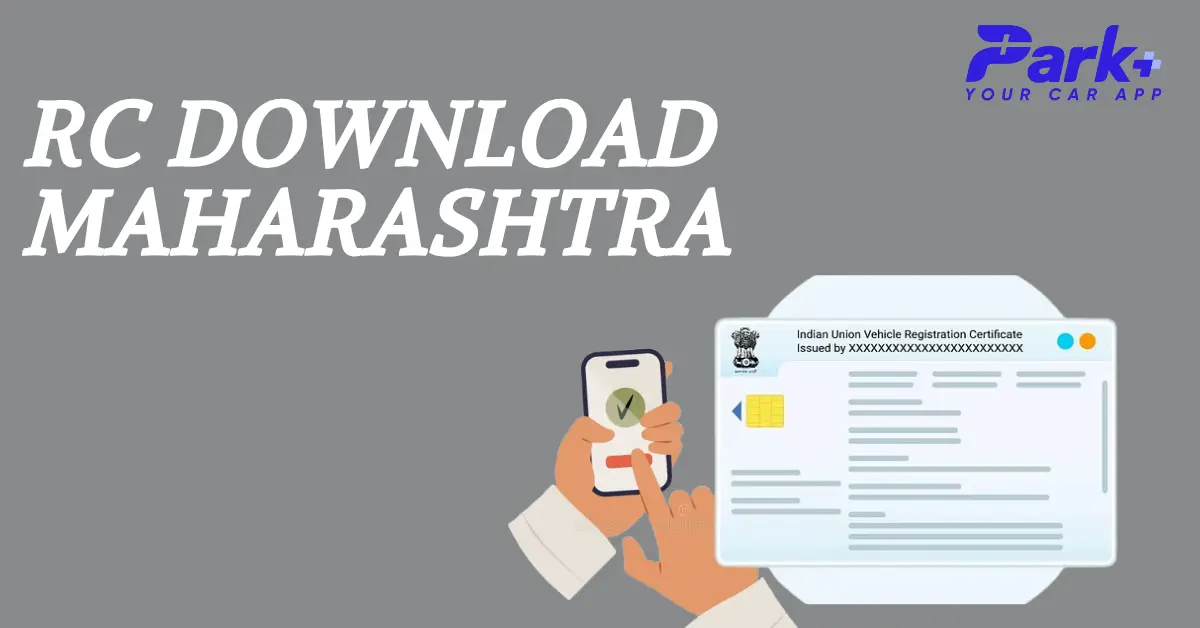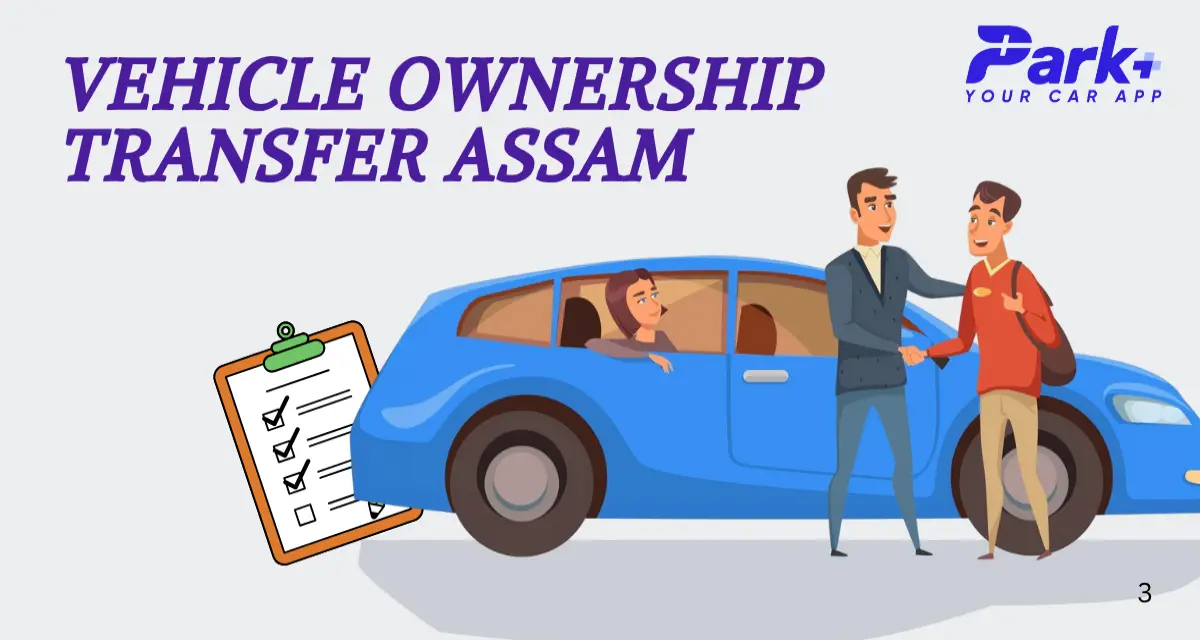Kakinada RTO Information
Check Vehicle Details
Find Nearest RTO Office
Find RTO Office by State
Check RTO details state wise

RTO Telangana

RTO Andhra Pradesh

RTO Arunachal Pradesh

RTO Karnataka

RTO Madhya Pradesh

RTO Nagaland

RTO Mizoram

RTO West Bengal

RTO Tripura

RTO Maharashtra

RTO Kerala

RTO Meghalaya

RTO Punjab

RTO Haryana

RTO Himachal Pradesh

RTO Odisha

RTO Manipur

RTO Tamil Nadu

RTO Uttar Pradesh

RTO Gujarat

RTO Goa

RTO Jammu & Kashmir

RTO Jharkhand

RTO Sikkim

RTO Chhattisgarh

RTO Delhi

RTO Uttarakhand

RTO Bihar
The Kakinada RTO is significant as an RTO in the state of Andhra Pradesh, India. AP-06 is the code for the RTO office located in Kakinada. Previously, the RTO Kakinada code was AP 05. As Kakinada city is beside the sea, it is a tourist spot and thus the city has vehicle pressure as well.
So the RTO in Kakinada serves all transport-related services. Kakinada RTO functions under the Transport Commissioner. If one wants to visit the office, check out the Andhra Pradesh RTO's official website once.
Functions of Kakinada RTO
The RTO in Kakinada performs several functions related to vehicle registration, driver's license issuance, and the enforcement of road safety laws in its jurisdiction. Some are�
Vehicle Registration: It is responsible for registering all types of vehicles, including cars, two-wheelers, commercial vehicles, and transport vehicles.
Issuance of Driving Licenses: It issues driving licenses to eligible applicants after conducting driving tests and verifying their documents.
Fitness Certification: It conducts periodic fitness tests on commercial vehicles to ensure that they are roadworthy and safe to operate.
Collection of Road Taxes: Kakinada RTO collects road taxes from vehicle owners and maintains a database of all vehicles registered in its jurisdiction.
Enforcement of Road Safety Laws: It enforces various road safety laws, such as speed limits, and the use of helmets and seatbelts, and takes necessary actions against violators.
Issuance of Permits: It issues permits for commercial vehicles, including goods carriers and passenger transport vehicles, for interstate and intrastate travel.
Vehicle Ownership Transfer: It facilitates the transfer of ownership of vehicles from one person to another.
Overall, Kakinada RTO plays a crucial role in ensuring road safety and regulating the use of vehicles in its jurisdiction.
How to Register a Vehicle at Kakinada RTO?
To register a vehicle at the Kakinada RTO, follow these steps:
Get the Vehicle Inspected: Before registering the vehicle, get it inspected by an authorised vehicle inspector. The inspector will issue a certificate of fitness if the vehicle is deemed roadworthy.
Submit Documents: Submit the following documents to the Kakinada RTO:
Form 20 (Application for Vehicle Registration)
Form 22 (Roadworthiness Certificate from the inspector)
Form 34 (If the vehicle is bought on finance)
Valid Insurance Certificate
Address Proof of the owner
Identity Proof of the Owner
Sales certificate from the dealer (in the case of a new vehicle)
Pay the Fees: Pay the prescribed registration fees and road tax at the Kakinada RTO. The fee structure varies depending on the type of vehicle, age, and engine capacity.
Get the Registration Certificate (RC): Once the documents are verified, and the fees are paid, the Kakinada RTO will issue a Registration Certificate (RC) for the vehicle.
Fix the Registration Plates: Once you receive the RC, fix the registration plates on the vehicle.
How to Renew Registration for a Vehicle at Kakinada RTO?
To renew the registration of a vehicle at Kakinada RTO, follow these steps:
Get the required documents: Gather the following documents:
Form 25 (Application for Renewal of Registration)
Original RC of the vehicle
Valid Insurance Certificate
Pollution Under Control (PUC) Certificate
Address Proof of the owner
Identity Proof of the Owner
Payment of applicable fees
Visit Kakinada RTO: Visit the Kakinada RTO with all the necessary documents mentioned above and the original RC of the vehicle.
Submit the documents: Submit the filled-up Form 25 and the necessary documents to the RTO officer.
Verification Process: After the submission of the documents, the RTO officer will verify the documents and inspect the vehicle.
Pay the Fees: After the verification process, you will need to pay the prescribed fees for renewing the registration of the vehicle.
Receive a New RC: After the payment of fees, the Kakinada RTO will issue a new RC with the renewed registration validity.
How to Transfer Vehicle Ownership at Kakinada RTO?
To transfer the ownership of a vehicle at Kakinada RTO, follow these steps:
Get the required documents: Gather the following documents from the seller and buyer:
Form 29 (Notice of Transfer of Ownership)
Form 30 (Application for Transfer of Ownership)
Original RC of the vehicle
Valid Insurance Certificate
Pollution Under Control (PUC) Certificate
Address Proof of the Buyer and Seller
Identity proof of the buyer and seller
Payment of applicable fees
Visit Kakinada RTO: Visit the Kakinada RTO with all the necessary documents mentioned above, including the original RC of the vehicle.
Submit the documents: Submit the filled-up Form 29 and Form 30 and the necessary documents to the RTO officer.
Verification Process: After the submission of the documents, the RTO officer will verify the documents and inspect the vehicle.
Pay the Fees: After the verification process, you will need to pay the prescribed fees for transferring ownership of the vehicle.
Receive a New RC: After the payment of fees, the Kakinada RTO will issue a new RC with the name of the new owner.
It is essential to complete the transfer of ownership within 14 days of the sale of the vehicle, failing which the buyer will be liable for any penalties or fines imposed by the RTO.
How to Check Kakinada RTO Information on Park+?
You can check Kakinada RTO information on Park+ app by following these simple steps:
Download the Park+ app.
Open the app and click on 'Login'.
Enter your mobile number and click on 'Send OTP'.
Enter the 'OTP' and click on 'Verify OTP'.
Navigate to 'Services', and click the 'View all' option.
To check your vehicle information from this screen, follow the below steps:
Enter your 'Vehicle Number' at the top of the page.
Click on 'Search' to check Vehicle Information.
To find your nearest RTO from the Services screen, follow these steps:
To find your nearest RTO, go back to the all services screen.
Scroll down to the 'Find near you' section.
Click on 'RTO Centre'.
The Park+ app provides a convenient way to check the RTO information for any vehicle registered in Kakinada.
How to Register Vehicle Offline & Online in Kakinada Rto Information
The registration of vehicles is crucial to confirm the legality of driving and add legitimacy to the whole operation on the road. Here is a step-by-step procedure for vehicle registration online and offline:
Visit the nearest Regional Transport Office
Visit the nearest Regional Transport Office (RTO) or a designated vehicle registration centre
Collect application form
Collect the required application form for vehicle registration
Fill out all necessary information
Fill out the application form accurately with all necessary information, such as vehicle number, model, owner's details, etc
Attach documents
Attach the supporting documents, such as proof of identity, proof of address, vehicle invoice, insurance certificate, pollution under control (PUC) certificate, and chassis and engine number
Submit application to the designated authority
Submit the completed application form with supporting documents to the designated authority
Pay application fees
Pay the applicable registration fees and taxes at the designated counter
Authority will issue a RC
Upon verification of the documents and payment, the authority will issue a registration number and a registration certificate (RC) for your vehicle
Put registration number plate
Use the registration number plate on your vehicle as per the regulations given by the authority
Visit the Online Website
Visit the official website of the Ministry of Road Transport and Highways (MoRTH) or the respective state transport department's website.
Go to Online Vehicle Registration Section
Find and go to the Vehicle Ownership Section
Register/Log in
Register for an account or log in with your existing credentials.
Fill out the online application form
Fill out the online application form for vehicle registration with accurate details.
Upload scanned copies
Upload the scanned copies of the required documents, including proof of identity, proof of address, vehicle invoice, insurance certificate, PUC certificate, and chassis and engine number.
Pay Applicable Fees
Pay the applicable registration fees and taxes at the designated counter.
Submit application and documents
Make the online payment for registration fees and taxes using the available payment options.
Authority will issue a RC
After verification of the submitted documents and payment, the authority will issue a registration number and a digital registration certificate (RC) for your vehicle
Get digital RC
Download and print the digital RC from the online portal
Put registration number plate
Use the registration number plate on your vehicle as per the regulations specified by the authority
Why should you Prefer Park+ to Check RTO Details?






How to Transfer Vehicle Ownership Online and Offline in Kakinada Rto Information
Transferring vehicle ownership is a crucial process that involves legally transferring the rights and responsibilities of owning a vehicle from one individual or entity to another. Here is a step-by-step procedure for transferring vehicle ownership online and offline:
Visit the nearest Regional Transport Office
Visit the nearest Regional Transport Office (RTO) or designated vehicle registration centre to get the vehicle ownership transfer application
Fill all necessary details
Fill out the application form with all necessary details, including the seller's and buyer's information, vehicle details, and transferor's consent
Sign the application
Both the seller (transferor) and the buyer (transferee) must sign the application form along with two witnesses
Attach the supporting documents
1. Attach the supporting documents required for ownership transfer, such as: 1. Original registration certificate (RC) of the vehicle. 2. Proof of identity and address of both the seller and the buyer. 3. Sale agreement or deed of transfer (if applicable). 4. No Objection Certificate (NOC) from the financier (if the vehicle is under a loan). 5. Valid insurance certificate. 6. Pollution under control (PUC) certificate.
Submit application to the designated authority
Submit the completed application form with supporting documents to the designated authority at the RTO or vehicle registration centre.
Transfer fee and road tax
Pay the applicable transfer fee and road tax (if any) at the designated counter
Authority will issue a new RC
After verifying the documents and payment, the authority will update the ownership details in the vehicle's registration certificate (RC) and issue a new RC in the buyer's name
Receive updated RC
The buyer will receive the updated RC, and the seller will retain a copy of the sale agreement or deed of transfer for their records
Visit the Official Website
Visit the official website of the Ministry of Road Transport and Highways (MoRTH) or the respective state transport department's
Got to Vehicle Ownership Transfer
Open the online vehicle ownership transfer portal
Register/Log in
Register for an account or log in with your existing credentials.
Fill Out the Online Application Form
Fill out the online application form for vehicle ownership transfer with accurate details, including seller's and buyer's information, vehicle details, and transferor's consent.
Upload Scanned Copies
1. Original registration certificate (RC) of the vehicle. 2. Proof of identity and address of both the seller and the buyer. 3. Sale agreement or deed of transfer (if applicable). 4. No Objection Certificate (NOC) from the financier (if the vehicle is under a loan). 5. Valid insurance certificate. 6. Pollution under control (PUC) certificate.
Transfer Fee and Road Tax
Make the online payment for the transfer fee and road tax (if any) using the available payment options.
Submit Application & Documents
Once the payment is processed, submit the application form and documents through the online portal.
Receive Updated RC
After verification of the submitted documents and payment, the authority will update the ownership details in the vehicle's registration certificate (RC) electronically.
Authority will issue a new RC
After verification of the submitted documents and payment, the authority will update the ownership details in the vehicle's registration certificate (RC) electronically
Receive confirmation
Both the seller and the buyer will receive a confirmation of the ownership transfer through the online portal
Get Digital RC
The buyer can download and print the updated RC from the online portal for their records
Common fees structure
Driving License
| Documents | Prices |
|---|---|
| Application Fee | ₹200 to ₹500 (varies by state) |
| Learner's License Test Fee | ₹30 to ₹150 (varies by state) |
| Driving Test Fee | ₹50 to ₹300 (varies by state) |
| Renewal Fee: | ₹200 to ₹500 (varies by state) |
| Duplicate DL Fee | ₹200 to ₹400 (varies by state) |
Vehicle Registration Certificate (RC):
| Documents | Prices |
|---|---|
| Registration Fee | ₹600 to ₹1,500 (varies by state) |
| Smart Card Fee | ₹200 to ₹500 (varies by state) |
| Hypothecation/Endorsement Fee | ₹100 to ₹300 (varies by state) |
| Transfer of Ownership Fee | ₹300 to ₹1,000 (varies by state) |
| Duplicate RC Fee | ₹200 to ₹400 (varies by state) |
Fitness Certificate:
| Documents | Prices |
|---|---|
| Fitness Test Fee | ₹200 to ₹600 (varies by vehicle type) |
| Fitness Certificate Fee | ₹300 to ₹800 (varies by vehicle type) |
Permit Fees:
| Documents | Prices |
|---|---|
| Temporary Permit | ₹50 to ₹200 (varies by state) |
| National Permit | ₹500 to ₹2,000 (varies by state and vehicle type) |
| State Permit | ₹200 to ₹800 (varies by state and vehicle type) |
Road Tax:
| Documents | Prices |
|---|---|
| Entry Tax | ₹200 to ₹1,000 (varies by state and vehicle type) |
| Road Tax | 4% to 15% of the vehicle's ex-showroom price (varies by state and vehicle type) |
| Green Tax | ₹500 to ₹2,000 (varies by state and vehicle type) |
Explore



What Services does RTO Provide?
The Regional Transport Office (RTO) provides a range of services related to vehicle registration, driver licensing, and enforcement of transportation laws. Some of the key services offered by RTOs include:
1
RTO facilitate the registration of new vehicles and the renewal of registration for existing vehicles.
2
Provide driver's licenses and other permits needed to drive various types of vehicles.
3
Vehicle Fitness Certification to assess vehicle roadworthiness and safety standards, issuing fitness certificates accordingly.
4
Issuance of Permits for commercial vehicles such as taxis, buses, trucks, and auto-rickshaws, allowing them to operate legally.
5
Collect Road Taxes and other fees related to vehicle registration and licensing.
6
Enforcement of Traffic Rules, such as monitoring vehicle emissions and conducting vehicle inspections.
7
RTOs maintain databases of registered vehicles, drivers, and other relevant information to ensure transparency and accountability in transportation management.


